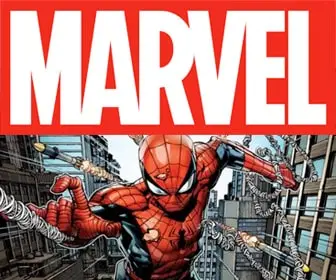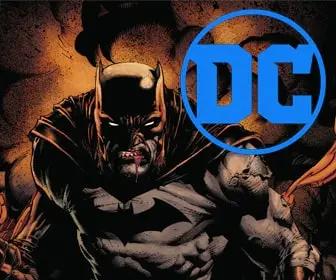
The Enigmatic Joker: Unraveling the Dark Persona of DC Comics’ Iconic Villain
The Joker, the infamous arch-nemesis of Batman, has long been regarded as one of the most captivating and enigmatic characters in the world of comic books. With his eerie appearance, maniacal laughter, and twisted sense of humor, the Joker has become an enduring symbol of chaos and madness. This article delves into the complex psyche of the Joker, exploring his origins, examining his portrayal in various media, and unraveling the allure of this notorious villain.
The Origin of the Joker

The Joker first appeared in Batman #1 in 1940, created by Bill Finger, Bob Kane, and Jerry Robinson. Over the years, his origin story has undergone multiple revisions, adding to the mystery surrounding his character. From the early days as a mischievous prankster to the more modern interpretation of a sadistic psychopath, the Joker’s evolution has mirrored the changing tones and themes of the Batman comics. His unpredictable nature and ever-changing backstory contribute to his enduring appeal.
The Dark Persona
The Joker’s character is defined by his chaotic and unpredictable nature. His relentless pursuit of chaos and destruction makes him a formidable adversary for Batman and a symbol of anarchy within Gotham City. His twisted sense of humor, combined with a complete disregard for human life, creates a chilling and unsettling presence. The Joker’s philosophy, centered around the belief that life is a meaningless joke, reflects his nihilistic worldview and the depths of his madness.
Memorable Portrayals
The Joker’s character has been brought to life by various actors and artists, each leaving their indelible mark on the iconic role. From Cesar Romero’s campy portrayal in the 1960s “Batman” TV series to Jack Nicholson’s iconic performance in Tim Burton’s “Batman” (1989) and Heath Ledger’s haunting rendition in “The Dark Knight” (2008), each interpretation has added layers of complexity to the character, showcasing the Joker’s ability to adapt and resonate with audiences.
Cultural Impact
The Joker’s impact extends beyond the comic book pages, permeating popular culture in various forms. His menacing presence has made him a favorite subject for cosplayers, artists, and filmmakers. The Joker’s influence can be felt in the realms of music, literature, and even psychology, with his anarchic philosophy and complex psychology inspiring academic discourse and analysis. The character’s enduring popularity and cultural significance serve as a testament to the Joker’s status as a true icon of villainy.
Collectors
The Joker, as one of the most iconic villains in the comic book world, has graced the pages of numerous comic books and graphic novels that have become highly sought-after by collectors. Here are some of the most collected and notable titles featuring the Joker:
- Batman: The Killing Joke – Written by Alan Moore and illustrated by Brian Bolland, this graphic novel provides a chilling and psychologically intense exploration of the Joker’s character. It is highly regarded as one of the greatest Joker stories ever told.
- Batman: Arkham Asylum – Written by Grant Morrison and illustrated by Dave McKean, this graphic novel takes readers inside the infamous Arkham Asylum, where Batman must confront the Joker and other dangerous villains. The story delves into the Joker’s madness and his complex relationship with Batman.
- Batman: The Dark Knight Returns – Frank Miller’s iconic Batman story features the Joker as a key antagonist. Set in a dystopian future, the Joker’s chaotic presence pushes Batman to his limits, resulting in a climactic showdown.
- Batman: Death of the Family – In this storyline written by Scott Snyder and illustrated by Greg Capullo, the Joker returns to Gotham City to unleash terror on Batman and his allies. The story delves into the Joker’s obsession with Batman and the lengths he will go to prove their twisted connection.
- Batman: A Death in the Family – In this pivotal storyline, written by Jim Starlin and illustrated by Jim Aparo, the Joker plays a central role in the tragic death of Jason Todd, the second Robin. The story has become infamous for its impact on Batman’s world and the emotional toll it takes on the characters involved.
The Joker’s dark and enigmatic persona has solidified his place as one of the most compelling and iconic villains in comic book history. His anarchic nature, twisted sense of humor, and psychological complexity continue to captivate audiences. Whether portrayed on the comic book page or brought to life in film adaptations, the Joker remains a symbol of chaos and the dark side of humanity. His legacy as Batman’s ultimate adversary and the embodiment of chaos ensures that the Joker will continue to fascinate and disturb audiences for years to come.










